Renewable energy sources, although environmentally friendly, cannot be used indefinitely. They become fully sustainable only if they can be recycled. Recycling photovoltaic panels is relatively easy, but it is much more challenging to recycle the enormous blades of wind turbines. Vestas has a plan for managing such waste.
Wind farms on the rise
Farms with the highest number of wind turbines can generate as much electricity as an average nuclear power plant. The largest onshore wind farms are located in countries such as China, the USA, and India. Europe alone has 255 GW of installed wind farm capacity, with Germany having the largest fleet among the countries of the community, with more than 66 GW of capacity. The second country is Spain (30 GW), and the podium is completed by the United Kingdom with 29 GW.
In 2022, Europe installed 19.1 GW of new wind capacity, with 16.1 GW located in EU countries (including 1.5 GW in Poland). However, this is still not enough to meet the EU demand. The WindEurope association emphasizes that it will be necessary to install 31 GW each year to achieve the EU’s targets for 2030.
Achilles’ heel
Renewable sources have a specific service life, and a wind turbine can be used for an average of 20-25 years. In some cases, this period can be extended by up to 10 years. Although the installation of turbines is expensive, the rate of return on the project usually makes up for the expenses. It is estimated that even around 90 percent of the total mass of wind turbines can be processed and reused. However, there is still a problem with processing the blades of the turbines, which are made of composite materials.
Currently, approximately 2.5 million tons of composite material are in use in the wind energy sector worldwide. WindEurope estimates that around 14,000 turbine rotors may be decommissioned by 2023, corresponding to a weight of 40,000-60,000 tons. Recycling these components has the highest priority in the wind industry. Additionally, there are similar recycling challenges in various other sectors, such as construction, maritime industry, transport, power industry, and electronics.
A new era for the wind industry
Vestas has brought hope to a market burdened with the problem of how to recycle wind turbine blades by presenting a project based on a chemical process that prevents worn-out turbine blades from being sent to the landfill or requiring costly redesigns to enable reuse. The chemical process was developed in cooperation with Aarhus University, Danish Technological Institute, and the Olin company – partners of the CETEC project.
Previously, the recycling of turbine blades was thought to be difficult due to the chemical properties of resilient epoxy resin, which was considered almost impossible to break down into reusable components in any simple way. However, now, worn-out blades may start to be perceived as a source of valuable material rather than a problem. Scientists use widely available chemicals to recover the aforementioned epoxy resin and turn it into a primary material used, for instance, to make new turbines. This may bring about a new era for the wind industry where a component that used to be a problem gains new life.
Thanks to the new value chain supported by the Nordic leader in recycling, Stena Recycling, and the global manufacturer of epoxy resin, Olin, Vestas will focus on transforming the innovative process of chemical decomposition into a commercial solution.












